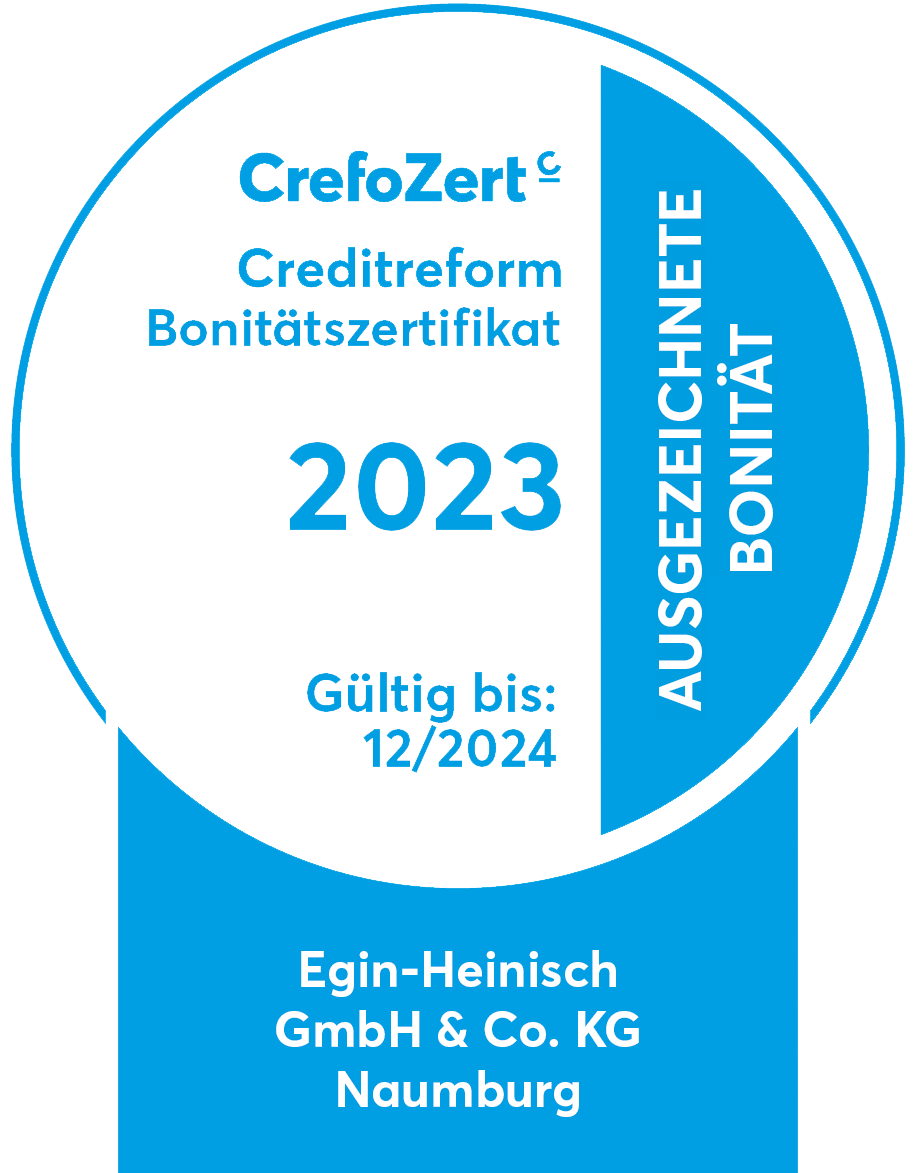The main spindles in machine tools are predominantly driven by electrical motors.
As an alternative, there is also the option to use a hydromotor for the drive.
Conventional machines with older construction styles are often driven by an unregulated electrical motor, which is tied to a speed as a result of the physical principle of operation, with the mains frequency and the number of pole pairs
If the spindle is to have several speed settings, a transmission is required between the motor and the spindle. Different types of transmission can be used depending on the requirements for the speed range and the accuracy of the speed of the spindle. Large transmission ratios, both upwards and downwards, can be realised through belt drives, planet gears or worn gear systems. Smaller speed ranges can be covered through gear wheel transmissions.
If it is necessary to cover a speed range without steps, this is done through a variable-speed electrical motor or with a continuously variable transmission, or through a combination of the latter with an additional transmission.
The regulated three-phase motor requires a drive inverter system. The drive inverter then feeds the motor with alternating current with a freely selectable frequency and amplitude. In recent years the further development of electrical drives has firmly established the regulated electrical motor in the area of machine tool construction. As a result, the transmissions often no longer take the form of switching transmissions, but rather usually enable the required increased torque or speed to be achieved.
more
Topics
About us
The Spindeldoctor is your professional and competent partner when it comes to spindle repairs and spindle services of all kinds. More than 8.000 successfully completed spindle repairs in recent years are an indicator of our know-how and our passion. As an independent and globally operating service provider, you benefit from a multitude of customer benefits.
Services and Solutions
Contact
© 2022 EGIN-HEINISCH GmbH & Co. KG - All rights reserved
